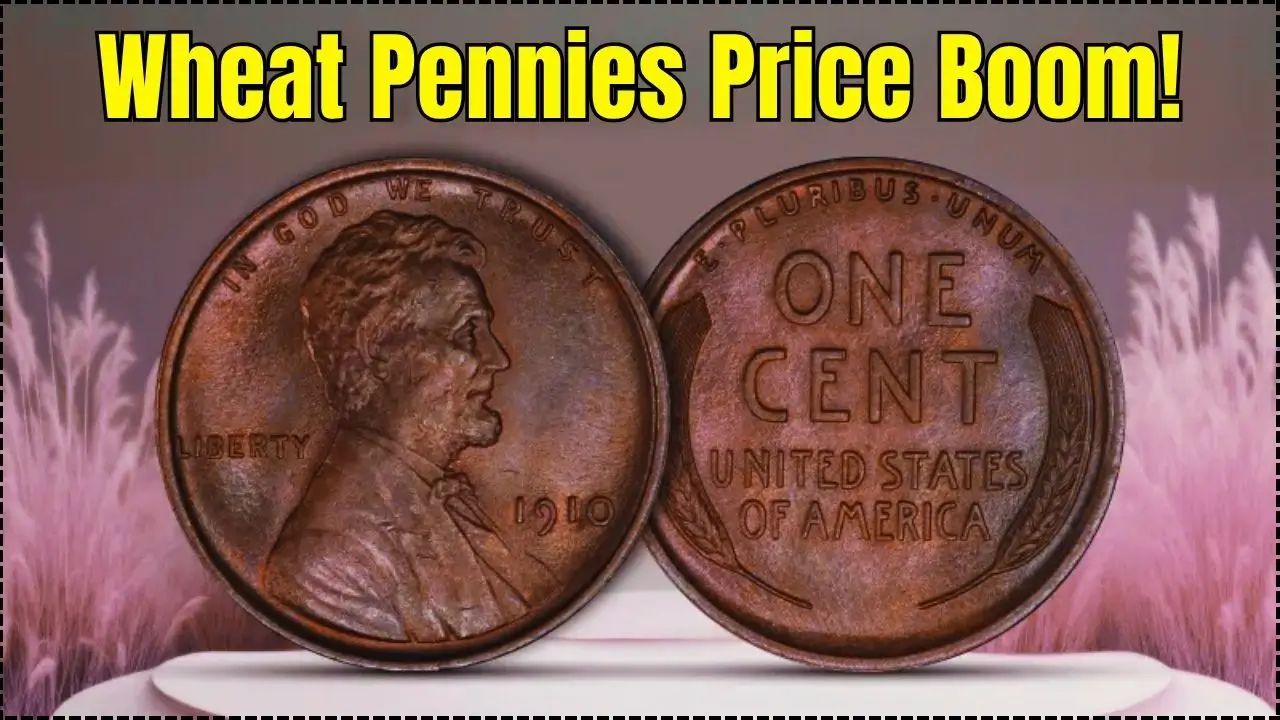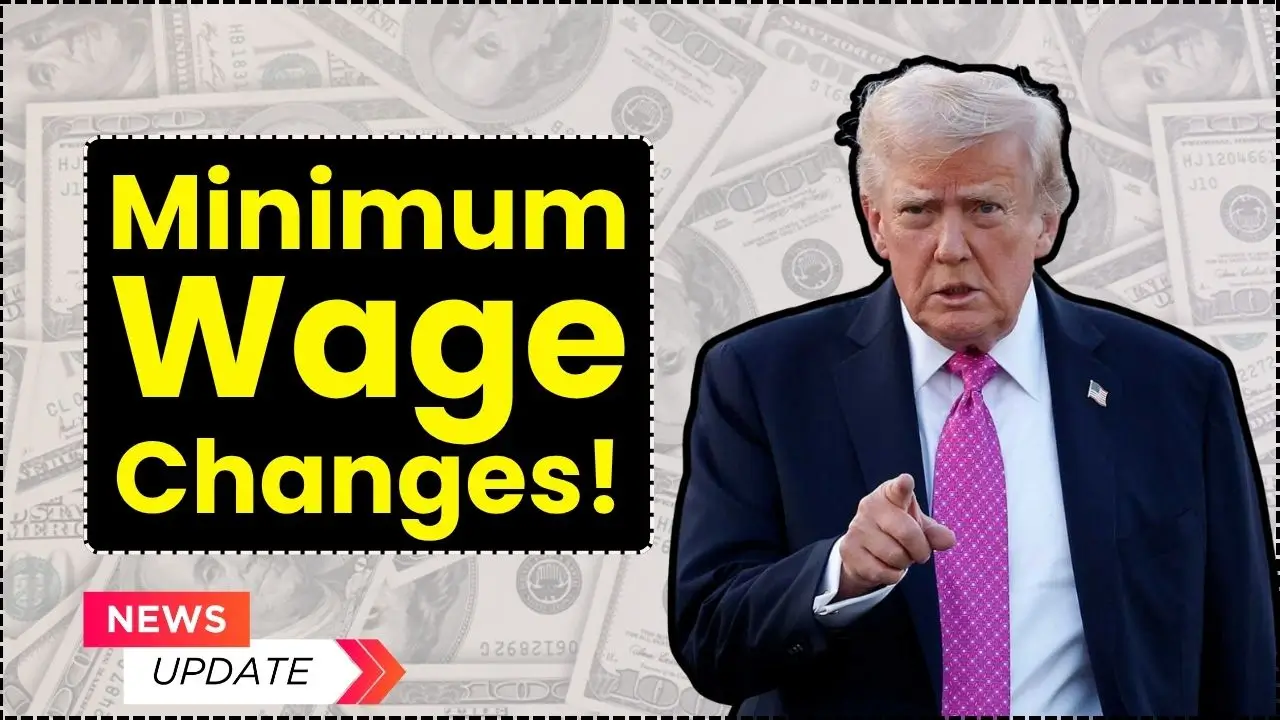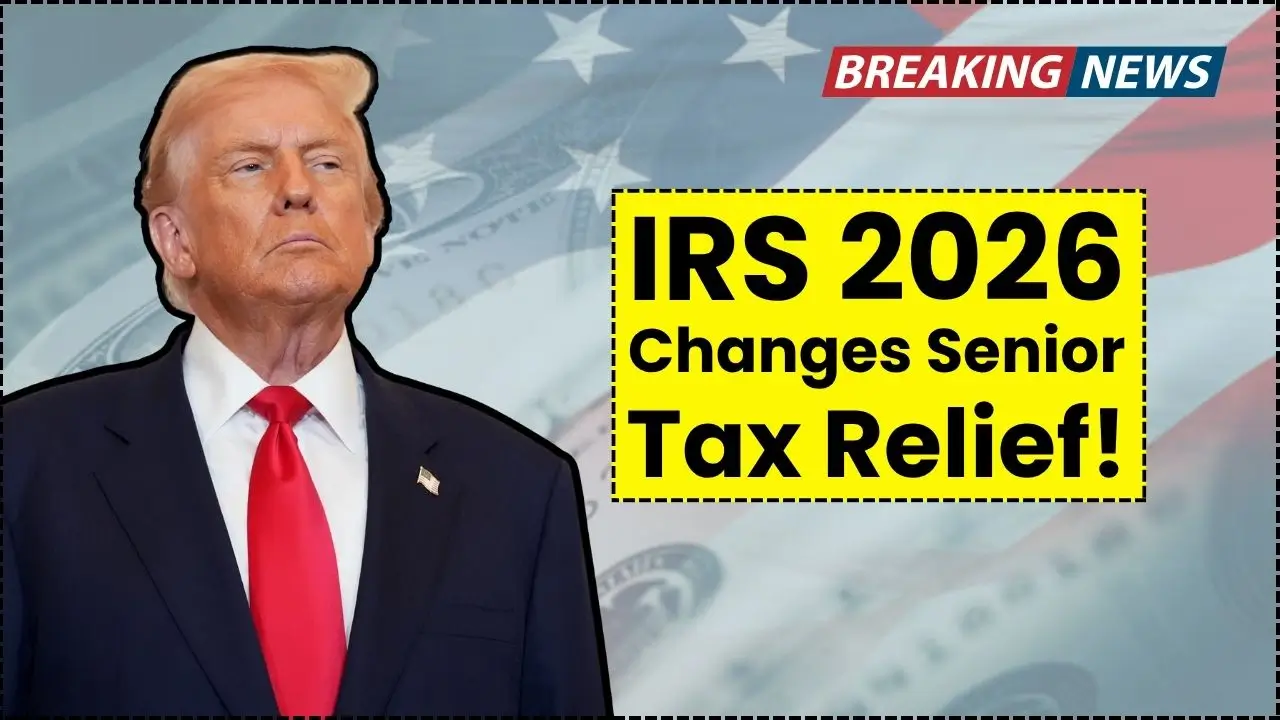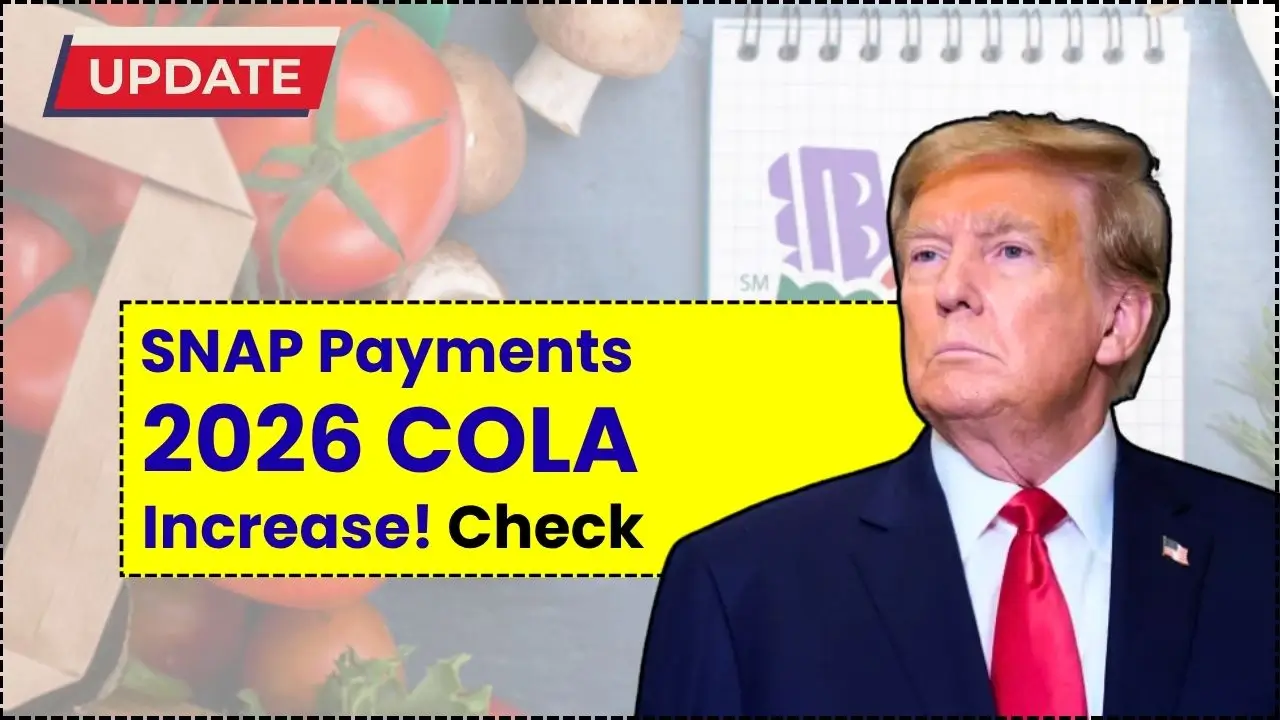Wheat penny value has surprised a lot of collectors in the past decade. While most common-date coins still trade for just a few cents, the right date, error, or high grade can be worth hundreds or even thousands when authenticated and marketed well. The market split is real: everyday copper stays affordable, but key dates, famous varieties, and mint-state red examples continue to command serious premiums in 2025.
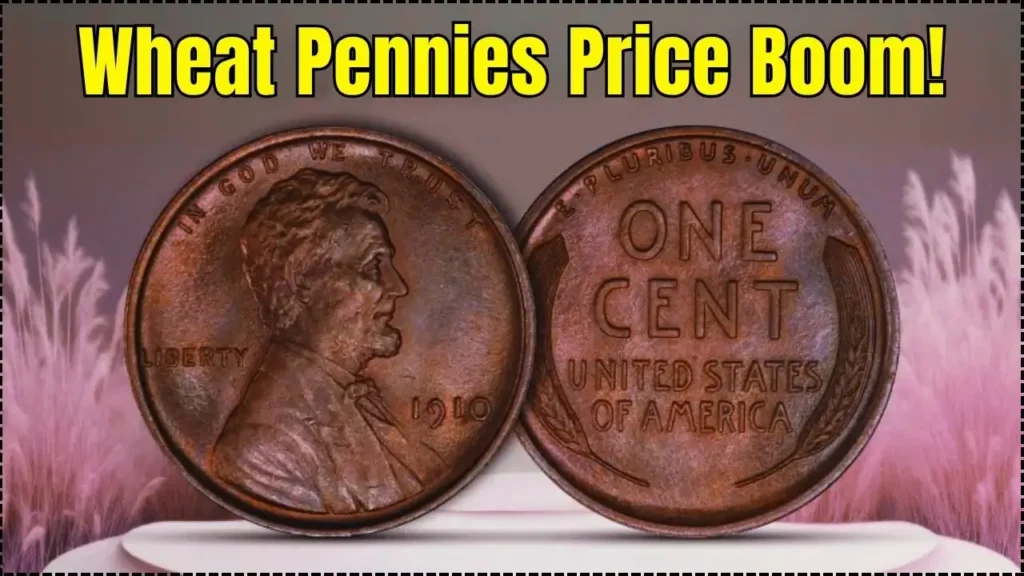
The value of wheat pennies in past 10 years shows steady gains for key dates and headline varieties, modest moves for average circulated coins, and persistent strength for certified mint-state pieces. If you’re sorting a jar, pull aside 1909-S VDB, 1914-D, 1931-S, the 1955 Doubled Die, and any 1943 or 1944 oddities first. From there, consider certification because in today’s market, third-party grading and accurate attribution are what unlock real value.
Table of Contents
Value of Wheat Pennies in the Last Decade
| Segment | Typical Value Range | What To Know |
|---|---|---|
| Common Circulated Dates | About $0.05–$0.80 each depending on eye appeal and tougher years in low grades | Huge supply keeps prices low; nicer VF–XF coins do better than junk-bucket copper. |
| Mint-State Common Dates | Tens to low hundreds based on MS grade and color (BN, RB, RD) | Certified RD coins in higher MS grades win premiums thanks to condition rarity and registry demand. |
| Key Dates (1909-S VDB, 1914-D, 1931-S) | Hundreds to thousands as grade rises | Low mintages and big demand; problem-free certified coins are highly liquid. |
| Famous Varieties/Errors (1955 DDO, 1943 Bronze, 1944 Steel) | Thousands to six figures at the top end | Trophy-level coins with proven auction appeal when authenticated. |
| 2015–2025 Trend | Stable for commons; stronger appreciation for keys and varieties | Online education, transparent pricing, and broader participation lifted standout coins most. |
Wheat pennies are the perfect blend of accessible and exciting. Commons are affordable and great for learning; keys, mint-state reds, and legendary varieties prove that small cents can punch far above their weight. The value of wheat pennies in past 10 years reflects that split: steady, approachable prices for the many and enduring, sometimes explosive premiums for the few. Sort smart, learn the diagnostics, lean on certification, and pick the right marketplace. That’s how pocket-change copper becomes a standout result in today’s collecting economy.
How Their Value Has Changed Over Time
Between 2015 and 2025, a clear bifurcation took shape. Common circulated wheat cents remained inexpensive, generally under a dollar each, reflecting massive surviving supply. Meanwhile, mint-state coins, iconic keys, and renowned varieties climbed supported by price transparency, grading population data, and deeper buyer pools. The throughline is simple: scarcity plus condition plus story equals value. Most coins are modest; the special ones are not.
Wheat Penny Value Trends 2015–2025
Look at the bands and the logic behind them. The value of wheat pennies in past 10 years maps to three engines: rarity (key dates and wrong-planchet pieces), condition (genuine MS with strong luster and clean surfaces), and recognition (famous varieties collectors instantly recognize). Commons remain teaching coins and starter collection fodder. Keys and varieties are where competition heats up and where auction headlines live.
Key Dates and Values of Lincoln Wheat Pennies
- 1909-S VDB: The series star. With a tiny mintage and outsized demand, it anchors many want lists. In mint-state red, it leaps into the multi-thousand tier, with standout examples far higher when certified and eye appeal is top-notch.
- 1914-D: Low-mintage Denver issue and perennial semi-key. Across VF to MS, problem-free certified pieces sell briskly with strong premiums to comparable commons.
- 1931-S: A Depression-era semi-key prized in better grades. Uncleaned, original surfaces plus third-party grading amplify price potential and liquidity.
Lincoln Wheat Penny Key Dates And Values 1909–1958
Beyond mintages, varieties move the needle. The 1955 Doubled Die Obverse remains a marquee coin with bold, naked-eye doubling that captures attention and dollars. The 1922 No D strong reverse, 1936 DDO FS-101, and the ultra-rare wrong-planchet issues (1943 bronze and 1944 steel) consistently headline dealer lists and media coverage. For these pieces, authentication isn’t optional it’s the ticket to full market value.
Most Valuable Wheat Penny Worth Money In 2025
Shortlists in 2025 keep circling the same proven winners: 1909-S VDB, 1914-D, 1922 No D, 1936 DDO FS-101, 1955 DDO, and the 1943/1944 planchet anomalies. Some niche RPMs and additional DDO/DDR varieties also do well when properly attributed. If you’re buying, focus on originality, certification, and population scarcity. If you’re selling, bring the best coins to reputable venues where buyer depth and trust are strongest.
Understanding The Value of a Wheat Penny
Value is a triangle: rarity, condition, demand. Most wheat pennies fall into the “common and cheap” corner. But a smaller slice by date, grade, or error rises exponentially. For casual sellers, it often pays to bulk out heavily worn commons and isolate potential winners for individual handling. For new collectors, learn with attractive commons first, then graduate into certified keys and famous varieties as knowledge (and comfort) grows.
Practical Tips to Rank, Research, And Sell In 2025
- Start With The Shortlist: Pull 1909-S VDB, 1914-D, 1931-S, 1955 DDO, and any 1943/1944 oddities immediately. The value of wheat pennies in past 10 years has consistently concentrated in these lanes.
- Grade And Color Matter: In mint-state copper, red (RD) coins command the strongest premiums, followed by red-brown (RB) and then brown (BN). Luster, spots, and contact marks materially affect outcomes.
- Authenticate The Headliners: For expensive varieties and wrong-planchet rarities, reliable third-party certification is the difference between suspicion and market confidence.
- Use Population And Price Data: Grade populations explain condition rarity. Price histories keep expectations grounded and help you decide between fixed-price listings and auctions.
- Pick The Right Selling Venue: Bulk commons move better in lots; high-value coins deserve placement where serious collectors compete.
How To Quickly Sort Your Wheat Pennies
- Step 1: Separate by decade. Pull pre-1920 pieces, then 1920s–1930s, then 1940s–1950s. Older coins in decent shape often deserve a closer look.
- Step 2: Check mintmarks. Look for S and D on key years. The 1909-S VDB, 1914-D, and 1931-S are immediate research candidates.
- Step 3: Scan for famous varieties. Obvious doubling on 1955, and any 1943/1944 that seems off-metal are priority checks.
- Step 4: Preserve condition. Avoid cleaning ever. Original skin is prized; cleaning can permanently crush value.
- Step 5: Consider certification. If it looks special and the value justifies the fee, grading can convert doubt into dollars.
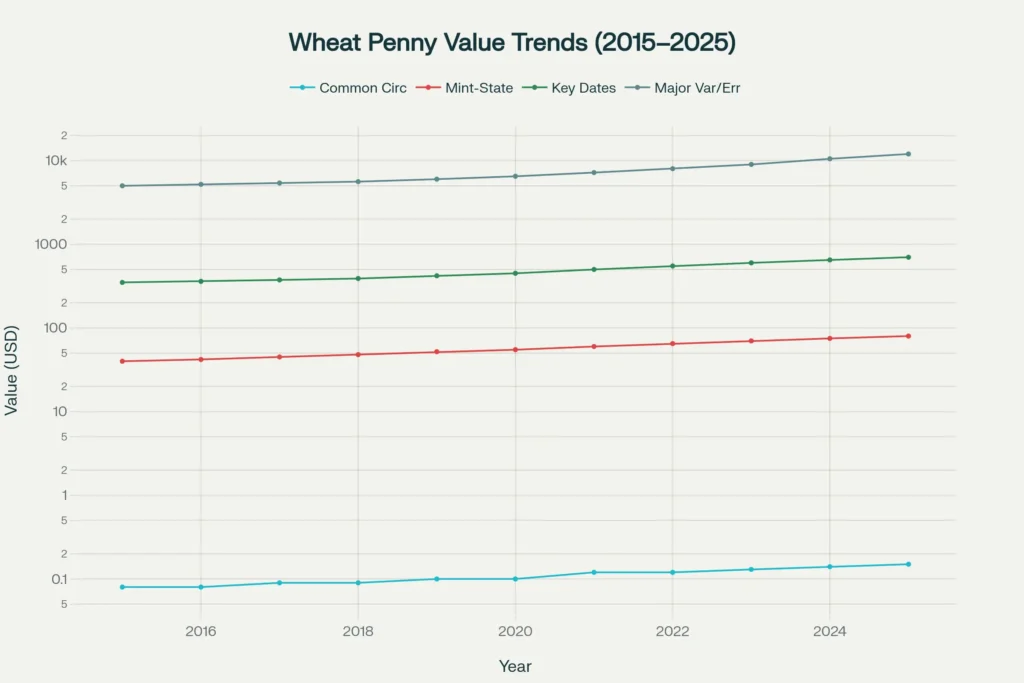
Why Commons Stay Cheap and Why That’s Okay
The sheer number of surviving wheat cents, especially in low circulated grades, caps prices for most dates. That’s not a bug; it’s a feature. Commons are the gateway: affordable, abundant, and educational. They let new collectors practice grading, spotting varieties, and understanding copper color designations without breaking the bank. Meanwhile, the value of wheat pennies in past 10 years has rewarded those who learn to identify the few that break away from the pack.
Where The Big Gains Happened
- Keys With Story: 1909-S VDB, 1914-D, and 1931-S remain evergreen targets because they are scarce, iconic, and essential for set builders.
- Condition Rarity: Truly high-grade coins even for common dates can surprise. MS66–MS67 RD examples with eye appeal have a devoted audience.
- Fame And Rarity Combined: The 1955 DDO and wrong-planchet legends (1943 bronze, 1944 steel) deliver the most eye-catching price spikes thanks to instant recognition and tiny populations.
2025 Market Realities for Buyers and Sellers
- For Sellers: Bulk out common, lower-grade coins. Single out keys and anything that looks sharply doubled or off-metal for professional attribution. For top-tier pieces, seek dealers and auctioneers who regularly handle six-figure U.S. copper.
- For Buyers: Be patient and buy quality. Favor originality, certification, and strong eye appeal. Learn diagnostics for varieties before you chase them; knowledge compounds returns.
- For Everyone: Track grade populations and recent realized prices. Markets ebb and flow, but transparency helps you avoid overpaying and underpricing.
Beginner Mistakes To Avoid
- Cleaning Coins: It’s the fastest way to erase value. Leave coins as-found.
- Misattributing Varieties: Many “doubled” coins are mechanical doubling, not the desirable hub doubling. Use reliable diagnostics and, when in doubt, seek expert confirmation.
- Ignoring Color And Surfaces: In mint-state copper, spotting, carbon flecks, and dull luster will hold prices back. Perfect surfaces with blazing luster drive the premium.
- Skipping Certification On Big Coins: The cost of grading is often tiny compared to the value unlocked by authenticated, accurately graded pieces.
Action Plan For Your Collection
- Triage your stash using the shortlist of keys and famous varieties.
- Pull the best-looking coins by luster and detail especially red or red-brown pieces.
- Cross-check diagnostics from trusted references.
- Submit only the coins that have clear upside after fees and turnaround.
- Choose the venue that matches the coin: bulk lots for commons, specialist dealers or auctions for headliners.
FAQs on Value of Wheat Pennies in the Last Decade
Are most wheat pennies valuable?
Most are worth a few cents to a few dollars in circulated grades. The real money sits in key dates, famous varieties, and high-grade certified coins with strong eye appeal.
What makes 1909-S VDB special?
Exceptionally low mintage, historic launch of the Lincoln cent, and century-long collector demand. Clean, certified examples especially in red anchor serious collections.
How do I spot a 1955 Doubled Die?
Look for prominent doubling on the date and LIBERTY that’s bold and rounded. Use clear diagnostics from reliable references, and authenticate before selling.
Should I clean my wheat pennies before selling?
No. Cleaning strips originality, can leave hairlines, and usually cuts value. Submit promising coins as-found for professional grading.










